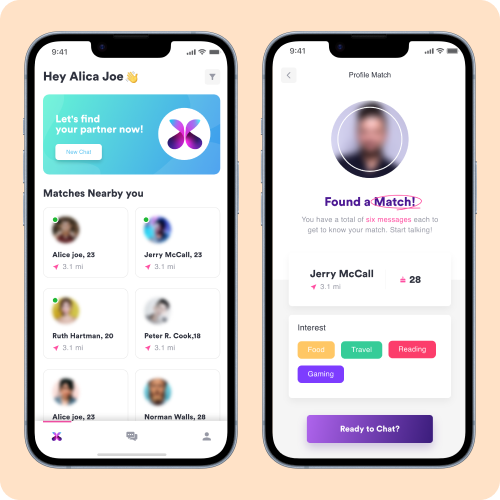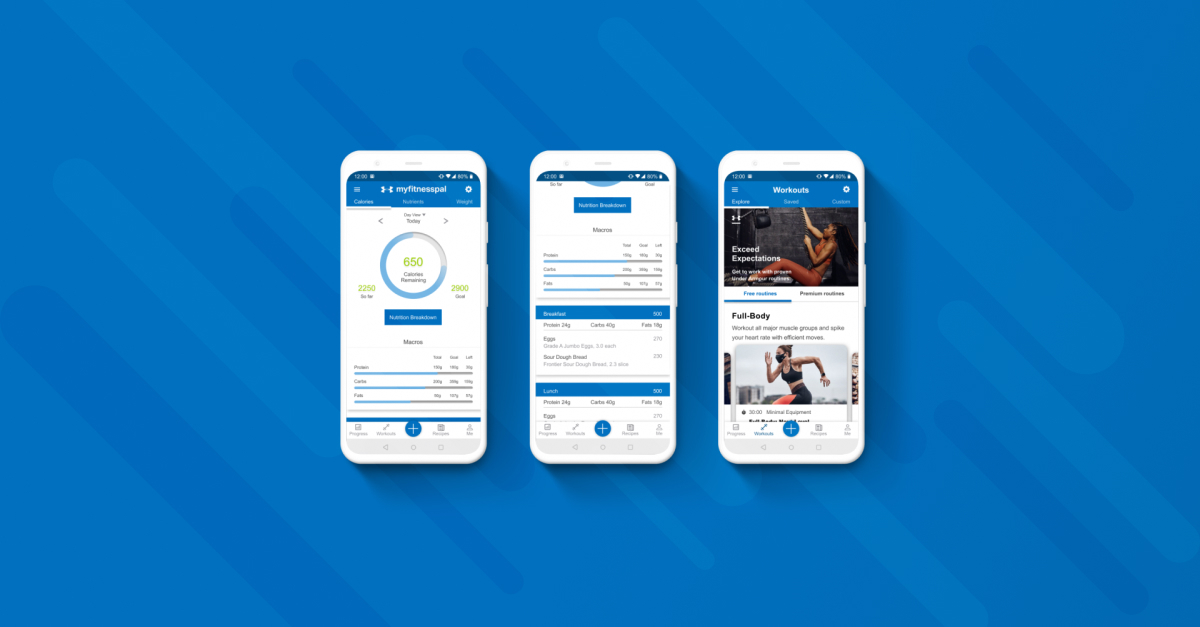The constantly-evolving IT landscape has made it crucial for companies to take some vital decisions at the beginning of the software development project. Selecting the right programming language is one such major choice. In fact, a suitable programming language can give a quantum leap to the software development and steer the entire project in the right direction. However, as a multitude of language options are available, it becomes challenging for businesses to choose the language that serves all their project requirements.
Firms are always in a dilemma as to which language they should opt for their project to get the best results. In reality, there is no ideal or flawless language. It’s just that, every language has its unique features. For a wise choice, it’s best to evaluate all the features of the language, depending on the project’s requirements.
Here is a glimpse of some of the popular programming languages, that have worked wonders for many companies worldwide. An in-depth insight of these programming languages, their complexities, availability of developers and the industry standard of the salaries paid to them, will make it easier for firms to zero in on the language that they think will meet their project needs in the best possible way.
Python – Extensively used open-source programming language, Python’s sole purpose is to develop scalable, compelling and performance-oriented web applications. Loved by developers and testers alike, Python’s popularity graph is at an all-time high, thanks to the scores of benefits it offers. Its extremely simple syntax makes it an easy language to learn for the novice as well as experienced developers. It is also one of the most attractive languages preferred by companies, owing to its large developer ecosystem. Python is very elegantly designed and enables coders to build a robust and seamless code. Since the language is in high demand, Python developers are amongst the highest paid developers in the US IT industry.
Python is suitable for multiple engineering stacks like Data Engineering, Gaming, Data Science, Web Development and System Automation to name a few. Famous online giants like Google and Instagram have been the most prominent users of Python, which is testament enough to prove the mounting popularity of this language.
Developed even before Java came into the market, Python has created a fan following of its own. Although it is one of the many path-breaking languages developed, it has had its issues as well, for many questions were raised regarding its speed and design. Let’s have a look at its pros and cons.
Pros:
- Elegant design
- Easy to learn, understand and use
- Excellent package management
- Easily available and simple-to-use debugging tools
- Hassle-free handling of data
- Smooth execution of convoluted functionalities
- Impeccable web programming
- Suitable for writing non-synchronous codes
Cons:
- Being an interpreted language, its speed is slow
- Not an ultimate language choice for mobile computing
- Lack of accessible documentation
Perl – Practical Extraction and Report Language is a unique cross-platform programming language that is mainly used for text processing. With its flexibility to function well on multiple platforms like Mac Os, Windows, and UNIX among others, Perl is now widely used for accomplishing loads of tasks like Web Development, GUI Development, System Administration, Network Programming, etc. Feature-rich and highly-efficient, Perl has borrowed features from various other languages that make it an extremely reliable and capable language.
Perl’s higher flexibility makes it perfect for multitasking. With this language, developers can write the same procedure in many ways. But sometimes code readability becomes an issue, making it a higher scoring language, as far as complexity is concerned and because of this, its popularity among the new entrants in the programming world is dropping down. The average yearly salary of Perl developers in The United States falls below that of Ruby and Python developers due to its low functional consistency.
Pros:
- Versatile, capable and flexible to use
- Comprises the best features of other languages like Sed, Sh, C etc.
- Easily adaptable to various needs, it can work as an object-oriented, procedural, functional and imperative language
- Appearance is that of a shell language
- Outstanding file manipulation
- Adheres to traditional approach as it uses Braces for functions and loops
Cons:
- Not ideal for novice developers who are new to the domain
- Sluggish as far as scripting is concerned
- Weak usability factor
- Problematic when the code is lengthy
Ruby – A rich and reflective object-oriented programming language developed in Japan, Ruby operates on Rails, a dynamic open source web application framework. Simple and hassle-free to use, it is the most-favored language by top-notch companies like Soundcloud, Kickstarter, Twitter, Goodreads, etc. Its unique features like its dynamic type system and automatic memory management and its ability to strike the right balance between simplicity and practicality give Ruby an edge over other programming languages. It serves best for organizations that are looking forward to developing unrivaled portals and web applications.
The language has a concise coding system that has made it a trendy language for developers and companies. It has become the perfect fit for many business empires, and successful startups like Airbnb, Github, Shopify among others, whose main focus is to get newfangled web applications developed and their websites up and running. According to the Bureau of Labour Statistics, job opportunities for Software Developers will rise by 22% between 2012 to 2022. Hence there can be no dearth of Ruby on Rails developers in the market. At present, the average annual salary being paid to RoR developers in The United States is higher than both PHP and .Net developers, thanks to its surging popularity.
Pros:
- Flexible as new features can be quickly added or removed
- Minimal punctuation lends it a simple appearance
- Flawless code quality
- Highly popular across geographies
- Used by many successful startups like Airbnb, Github, Shopify, among others
- Higher productivity
- Vast libraries are available for the public
Cons:
- Sluggish run-time speed
- Low boot speed
- Higher dependency on ActiveRecord
- Multithreading which in turn impacts the performance
PHP – Largely-used server-side scripting language, PHP is an all-powerful tool preferred by large as well as small organizations to build interactive and impressive websites. The language is touted as one of the most cutting-edge programming languages developed till date as it has the ability to execute multiple tasks with great finesse. With a large pool of PHP developers available worldwide, firms do not have to worry about the paucity of its coders at any given point of time. Its short learning curve makes PHP one of the oft-preferred language by programmers. According to Payscale, the average yearly salary of PHP developers in The United States is the lowest, making it a lucrative language choice of corporates.
PHP is adept at gathering form data and has the flexibility to add, delete or edit the enormous amount of data in the database. It enables web developers to build compelling content that can interact with databases. By going for PHP, companies have the liberty to select a web server and an operating system, as this language can run on various platforms including Linux, Microsoft Windows, RISC OS etc.
Pros:
- Supports multiple databases
- Hassle-free outputting of text
- Speedy and easy to work with
- Available for free in the market
- Vast support community
- Documentation is easily available
Cons:
- Error-handling is an issue
- Since PHP is open-source, security of the code can be breached by other developers
- PHP is not an effective modular, therefore, it’s not capable of handling large number of apps at the same time
.Net – Developed by Microsoft, .Net is an unmatched programming platform that enables developers to build and run modern applications and XML web services. It consists of three major parts that include Common Language Runtime, Framework Class Library, and Asp.Net. By providing seamless object-oriented programming environment and smooth code execution setting, it ensures accurate implementation of codes and reduction in conflicts related to software deployment. As its simple and easy-to-use, .Net significantly reduces the requirement of writing codes, for developers. This makes the task of creating applications and websites, an easy-breezy affair. The average annual salary of a .Net Developer in The United States is close to that of a Ruby developer as both these languages stand high on the popularity and preference chart of companies and coders.
Pros:
- Enables developers to work with multiple languages
- Secure and seamless development
- Reduces the coding work of developers immensely
- Enhances the productivity of developers
- Consistent and unique programming model
Cons:
- Due to vendor lock-in, improvement in this framework is entirely dependent on Microsoft
- Easily available for download but the price of its code-editor is quite high
- Time-consuming due to frequent garbage collection to restore memory
- Not a good choice for high-end application
A detailed analysis of the merits and demerits of each language will help firms come to a conclusion as to which language matches their project’s criteria. If stability and reliability are what a company is looking for, then Python is the best choice. Also, Python is perfect for business intelligence and application development. For a project, which requires to be compatible with multiple platforms, PHP serves the purpose pretty well. If the speed of delivery and flexibility is on the business’ agenda, Ruby works well. Perl fits the bill, if the idea is to get a multi-platform and multi-purpose language for the project. Organizations can go for .Net if they are into large scale application development and if intuitive user experience is their main focus.
Also if the cost factor is taken into account, businesses can refer to the below table that showcases the average salary of developers in The United States according to Payscale. The resource cost may help while taking the final decision of which language to choose for the project.
|
Language |
Average salary of Developer (Yearly) |
|
Python |
$83,235 |
|
Perl |
$73,755 |
|
Ruby |
$76,271 |
|
PHP |
$71,443 |
|
.Net |
$76,319 |
In a nutshell, before settling for a particular language, it’s crucial that organizations keep the key requirements, results, and costs in mind depending on their respective projects and then go for what suits them well.












































